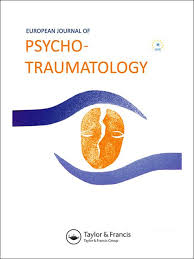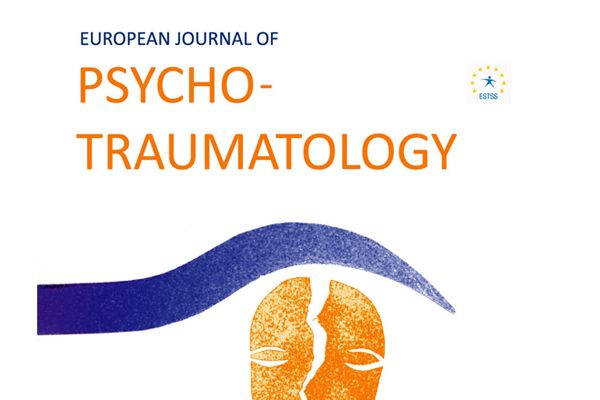16 april 2020
European Journal of Psychotraumatology
Marie-Laure Ancelin, Isabelle Carriere, Sylvaine Artero, Jerome J Maller, Chantal Meslin, Anne-Marie Dupuy, Karen Ritchie, Joanne Ryan & Isabelle Chaudieu
https://doi.org/10.1080/20008198.2020.1733247
Background: Findings on structural brain alterations following trauma are inconsistent due probably to heterogeneity in imaging studies and population, clinical presentations, genetic vulnerability, and selection of controls. This study examines whether trauma and re-experiencing symptoms are associated with specific alterations in grey matter volumes and if this varies according to 5-HTTLPR genotype.
Methods: Structural MRI was used to acquire anatomical scans from 377 community-dwelling older adults. Quantitative regional estimates of 22 subregional volumes were derived using FreeSurfer software. Lifetime trauma was assessed using the validated Watson’s PTSD inventory, which evaluates the most severe trauma experienced according to DSM criteria. Analyses adjusted for age, sex, total brain volume, head injury, and comorbidities.
Results: Of the 212 participants reporting lifetime trauma, 35.4% reported re-experiencing symptoms and for 1.9%, this was severe enough to meet criteria for full threshold PTSD. In participants with the SS 5-HTTLPR genotype only, re-experiencing symptoms were associated with smaller volumes in middle and superior temporal, frontal (lateral orbital, rostral and caudal middle) and parietal (precuneus, inferior and superior) regions. The trauma-exposed participants without re-experiencing symptoms were not significantly different from the non-trauma-exposed participants except for smaller precuneus and superior parietal region in traumatized participants and a larger amygdala in traumatized women specifically.
Conclusions: In the non-clinical sample, lifetime trauma and re-experiencing symptoms were associated with smaller volume in prefrontal, temporal and parietal cortex subregions, and this varied according to serotonergic genetic vulnerability, 5-HTTLPR SS individuals being most susceptible.
Keywords: Aging; cohort; grey matter volume; lifetime trauma; reexperiencing; serotonin transporter-linked promoter region; Stress; MRI.
Received 11 Jan 2019, Accepted 12 Feb 2020, Published online: 04 Mar 2020

Het European Journal of Psychotraumatology (EJPT) is een peer-reviewed, interdisciplinair wetenschappelijk tijdschrift dat deel uitmaakt van de European Society for Traumatic Stress Studies (ESTSS).
Het EJPT heeft als doel om wetenschappers, behandelaren en experts te betrekken bij de belangrijkste vraagstukken rond stress en trauma, waaronder individuele gebeurtenissen, herhaalde of chronische trauma's, grootschalige rampen en geweld.

